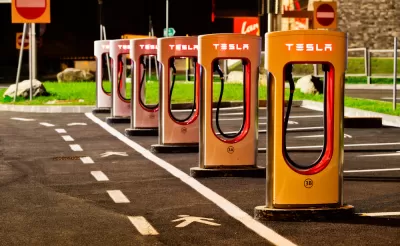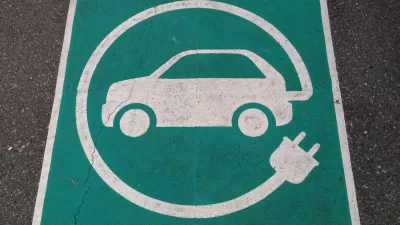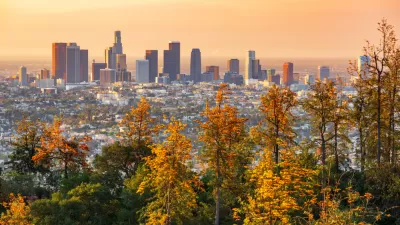A new report shows that long-term federal investments in electric vehicles could promote significant growth in the sector as the nation moves toward reducing GHG emissions.

In a report from the Rhodium Group authored by John Larsen, Ben King, Hannah Kolus, and Emily Wimberger, the authors "assess the energy system and emissions impacts of potential new, long-term federal investments in on-road decarbonization and how investments might interact with potential new vehicle regulations." According to their research, "federal investment in the form of long-term extensions of current tax credits coupled with a build-out of charging infrastructure can catapult electric vehicles (EVs) from 2% of all light-duty vehicle (LDV) sales in 2020 to as high as 52% of all LDV sales in 2031."
With the transportation sector as the leading source of greenhouse gas emissions(representing 31% of the U.S. net total), its decarbonization is a crucial step toward reducing overall GHGs and fighting climate change. "Any action to decarbonize transportation through electrification will require ambitious and sustained effort to accelerate deployment of electric vehicles as quickly as possible." Yet "[u]nlike the electric power sector where a hard pivot from fossil energy to clean energy is entirely doable, it will take decades to replace all of the conventional gasoline and diesel vehicles on the road today with electric models." To get conventional fossil fuel vehicles off American roads, "every vehicle sale matters in the race to electrify and decarbonize transportation." According to the authors, robust investment in U.S. manufacturing and clean transportation at the federal level could "get the nation a few miles further down the long road of decarbonization."
FULL STORY: Pathways to Build Back Better: Investing in Transportation Decarbonization

Alabama: Trump Terminates Settlements for Black Communities Harmed By Raw Sewage
Trump deemed the landmark civil rights agreement “illegal DEI and environmental justice policy.”

Planetizen Federal Action Tracker
A weekly monitor of how Trump’s orders and actions are impacting planners and planning in America.

Why Should We Subsidize Public Transportation?
Many public transit agencies face financial stress due to rising costs, declining fare revenue, and declining subsidies. Transit advocates must provide a strong business case for increasing public transit funding.

‘Clybourne Park’ Sets Stage for Housing Equity Discussions
Clybourne Park, a play exploring race, real estate, and community tensions, can set the stage for discussion on the lasting impacts of housing discrimination, gentrification, and the fight for affordability.

Understanding Road Diets
An explainer from Momentum highlights the advantages of reducing vehicle lanes in favor of more bike, transit, and pedestrian infrastructure.

New California Law Regulates Warehouse Pollution
A new law tightens building and emissions regulations for large distribution warehouses to mitigate air pollution and traffic in surrounding communities.
Urban Design for Planners 1: Software Tools
This six-course series explores essential urban design concepts using open source software and equips planners with the tools they need to participate fully in the urban design process.
Planning for Universal Design
Learn the tools for implementing Universal Design in planning regulations.
Caltrans
Smith Gee Studio
Institute for Housing and Urban Development Studies (IHS)
City of Grandview
Harvard GSD Executive Education
Toledo-Lucas County Plan Commissions
Salt Lake City
NYU Wagner Graduate School of Public Service





























